When you step into a gym, you'll notice two kinds of lifters: those who religiously wear gloves and those who wouldn't touch a pair if you paid them. So, what's the deal? Should you wear gloves while lifting weights, or is it better to go barehanded?
In this post, we'll dive deep into the pros, cons, and everything in between so you can make the best decision for your fitness journey.
Why Some People Choose to Wear Gloves While Lifting
Protecting Your Hands
One of the main reasons people slip on a pair of gloves is to protect their hands from developing calluses and blisters. If you've ever had a rough patch of skin form after a heavy lifting session, you know how uncomfortable—and sometimes painful—it can be.
Boosting Grip Strength
Gloves can provide extra grip, especially when your hands get sweaty. Many gloves come with padded palms or textured surfaces that make it easier to hang onto heavy bars and dumbbells without slipping.
Comfort and Pain Reduction
Heavy lifting can cause serious pressure on your palms and fingers. Gloves add a layer of cushioning, making long training sessions far more comfortable. If hand pain distracts you from your lifts, gloves might be your new best friend.
Psychological Confidence
Wearing gloves can give you a mental boost. Feeling protected and more secure in your grip can sometimes translate into better focus and stronger lifts.
Why Some Lifters Avoid Wearing Gloves
Natural Grip Training
Hardcore strength athletes often argue that gloves weaken your true grip strength. When you lift with bare hands, you're training your grip muscles naturally—a critical component for progressing in exercises like deadlifts, pull-ups, and rows.
Loss of Connection
Gloves create a barrier between you and the bar. Some lifters feel this reduces their ability to "feel" the weight, making it harder to make micro-adjustments in technique, especially during Olympic lifts or technical movements.
Slippage and Sweat
Ironically, some gloves—especially those made with cheaper materials—can actually become slippery when wet with sweat. A soggy glove can lead to dangerous lifts, so quality matters.
Movement Restriction
Gloves can sometimes feel bulky and limit the natural movement of your hands and wrists. In high-skill lifts, like clean and jerks or snatches, this restriction could affect performance.
Pros and Cons of Wearing Gloves
| Pros | Cons |
|---|---|
| Protects hands from calluses and blisters | Reduces direct contact and tactile feedback |
| Increases comfort during long workouts | May hinder natural grip strength development |
| Enhances grip when hands are sweaty | Potential slippage with low-quality gloves |
| Provides mental confidence and support | Can restrict wrist and finger mobility |
Types of Weightlifting Gloves
Not all gloves are created equal! Depending on your needs, you might prefer one style over another:
Full-Palm Gloves
These gloves cover your entire palm and fingers, offering maximum protection. They are great for general lifting but can sometimes feel bulky.
Fingerless Gloves
With exposed fingertips, these gloves offer more flexibility and tactile feedback while still protecting your palms. They're a popular choice for gym-goers.
Gloves with Wrist Support
Some gloves come with built-in wrist wraps for extra stabilization. These are perfect for heavy lifting days when your wrists need a little extra TLC.
Anti-Slip Material Gloves
Made with special textured surfaces, these gloves prioritize grip. They're ideal for activities where slipping could be dangerous, like pull-ups or heavy deadlifts.
Minimalist Grips
Instead of full gloves, minimalist grips are small pads that cover only the part of your palm that touches the bar. They're lightweight and perfect for those who want some protection without the bulk.
Alternatives to Wearing Gloves
Gloves aren't the only way to protect your hands and improve your grip. Here are some popular alternatives:
Chalk
Weightlifting chalk (magnesium carbonate) absorbs sweat and improves grip. You'll often see serious lifters coating their hands before heavy pulls. Bonus: it looks super hardcore!
Wrist Wraps
If wrist pain is your main concern, you might skip the gloves and use wrist wraps instead. They provide direct support without altering your grip.
Lifting Straps
Lifting straps loop around your wrists and the bar, helping you pull heavier loads without relying solely on grip strength. They're particularly useful for deadlifts and rows.
Bare-Handed Training
Training without any assistance can toughen up your hands and naturally improve your grip over time. If you're looking to maximize strength, going barehanded might be the way to go.
Should You Wear Gloves? (How to Decide)
Ultimately, the choice boils down to your personal goals, comfort, and lifting style. Here's a quick guide:
- If your priority is hand protection and comfort: Gloves are a solid option, especially for beginners or those doing high-rep, moderate-weight workouts.
- If you're focused on building pure grip strength: You might want to train barehanded or use chalk instead.
- If you have sensitive skin or sweat heavily: High-quality anti-slip gloves could be your best bet.
- If you're lifting very heavy weights: Consider using gloves with wrist support—or go barehanded with chalk for maximum performance.
Trying out different approaches is key. You might even find that you prefer gloves for some exercises (like kettlebell swings) but not for others (like deadlifts).
Expert Recommendations
- Beginners: Gloves can help new lifters ease into strength training without worrying about painful calluses or grip fatigue.
- Intermediate Lifters: Start weaning off gloves during major lifts like deadlifts, squats, and heavy presses to build true hand strength.
- Advanced Lifters: Focus on grip training and chalk use. Save gloves for specific needs like circuit training or injury prevention.
🌟 Pro Tip: Always invest in good-quality gloves if you decide to use them. Cheap, ill-fitting gloves can cause more problems than they solve.
Conclusion
So, should you wear gloves while lifting weights?
There's no one-size-fits-all answer—and that's the beauty of it! Whether you choose to rock a pair of gloves or go barehanded, what matters most is that you're training consistently, safely, and confidently.
Listen to your body, try out different methods, and don't be afraid to switch things up as you progress. At the end of the day, the best gear is whatever helps you crush your goals and enjoy the journey.
If you decide that gloves are right for you, make sure to check out our premium weight lifting gloves—designed for comfort, durability, and ultimate performance!
Now, time to grab that barbell—gloves or no gloves—and lift like a boss! 💪
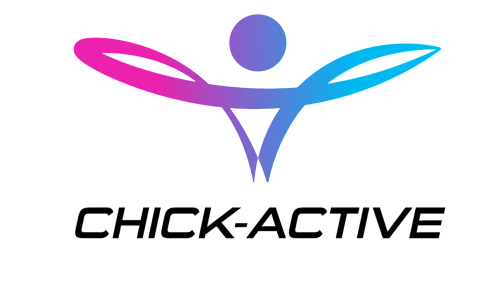
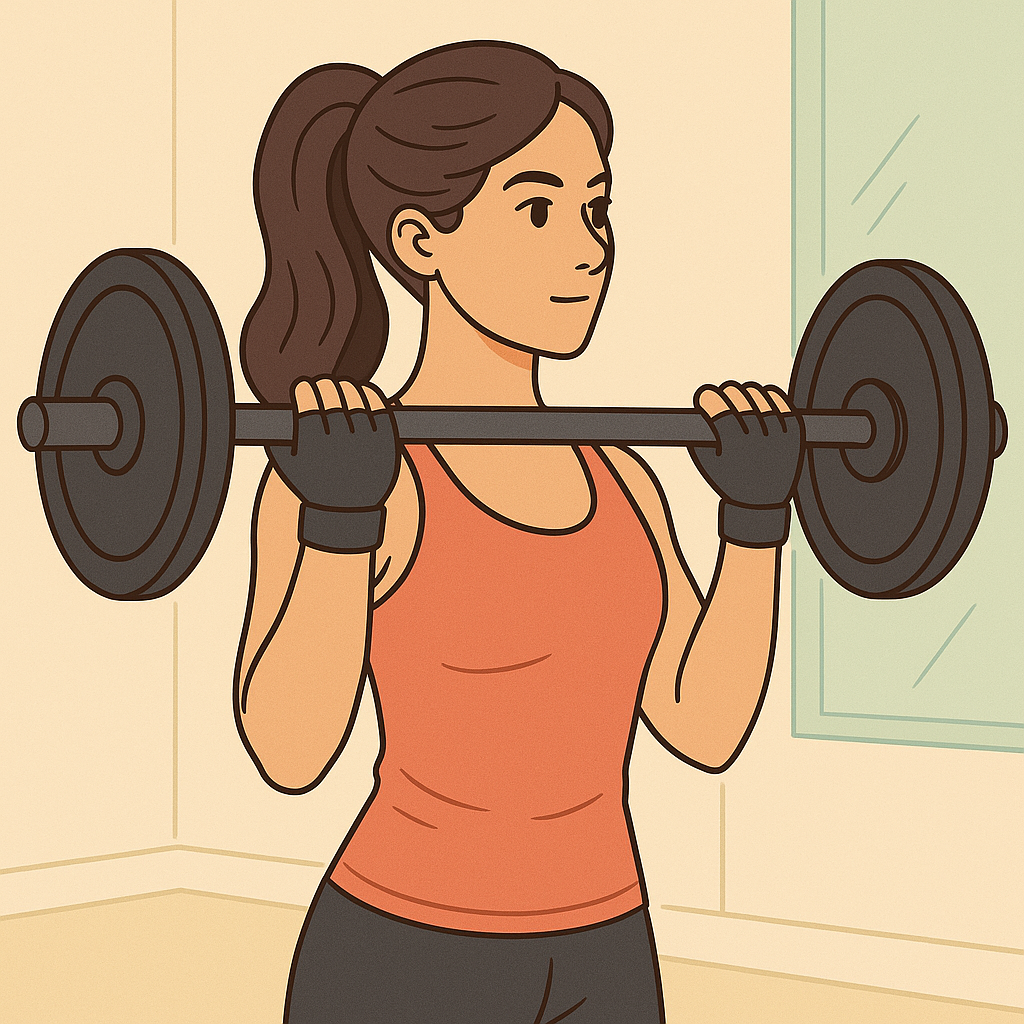
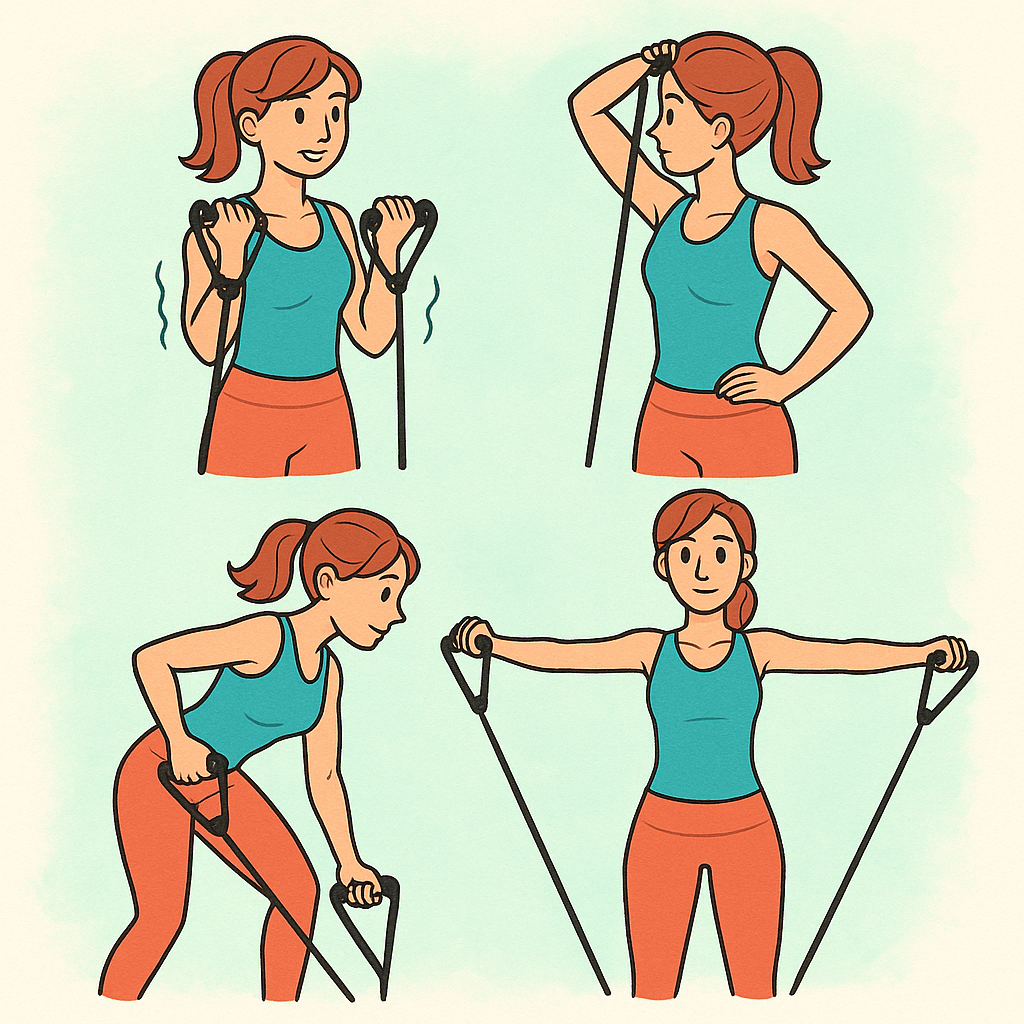
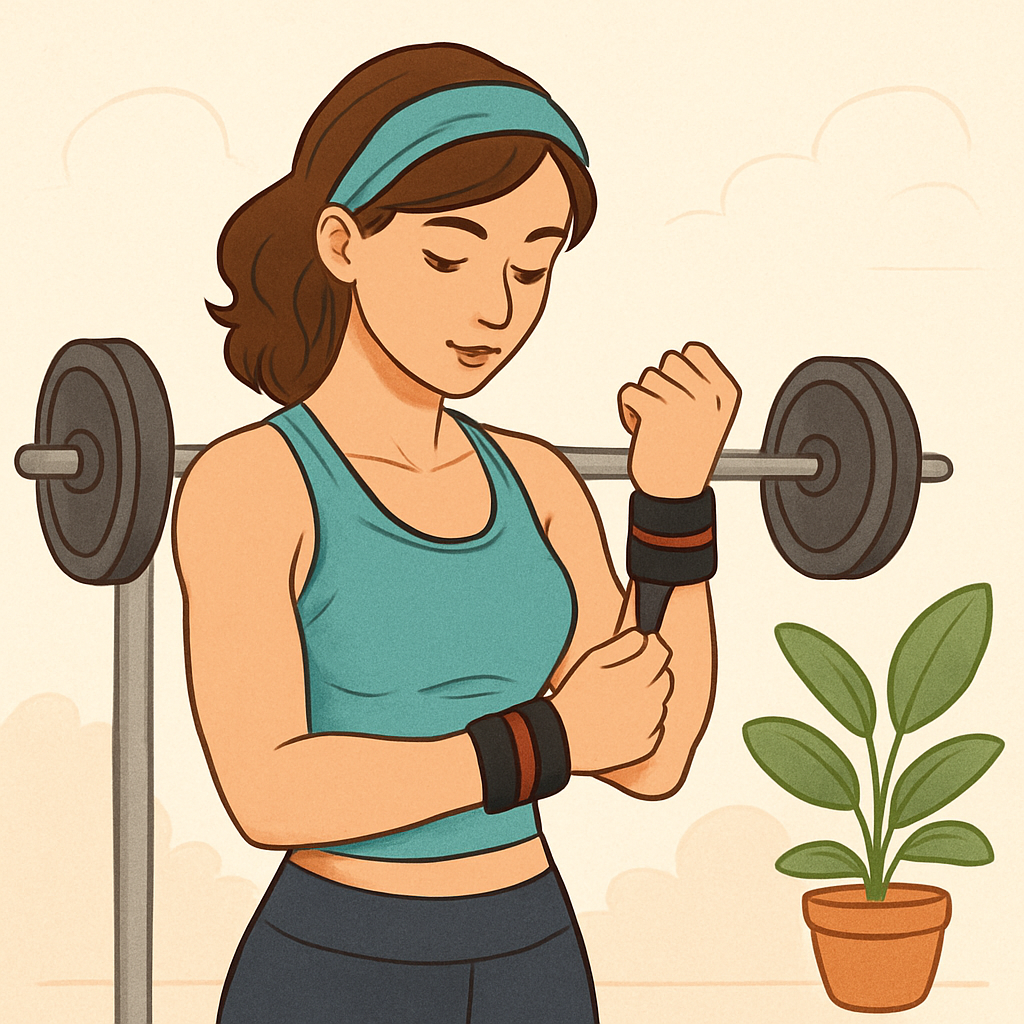
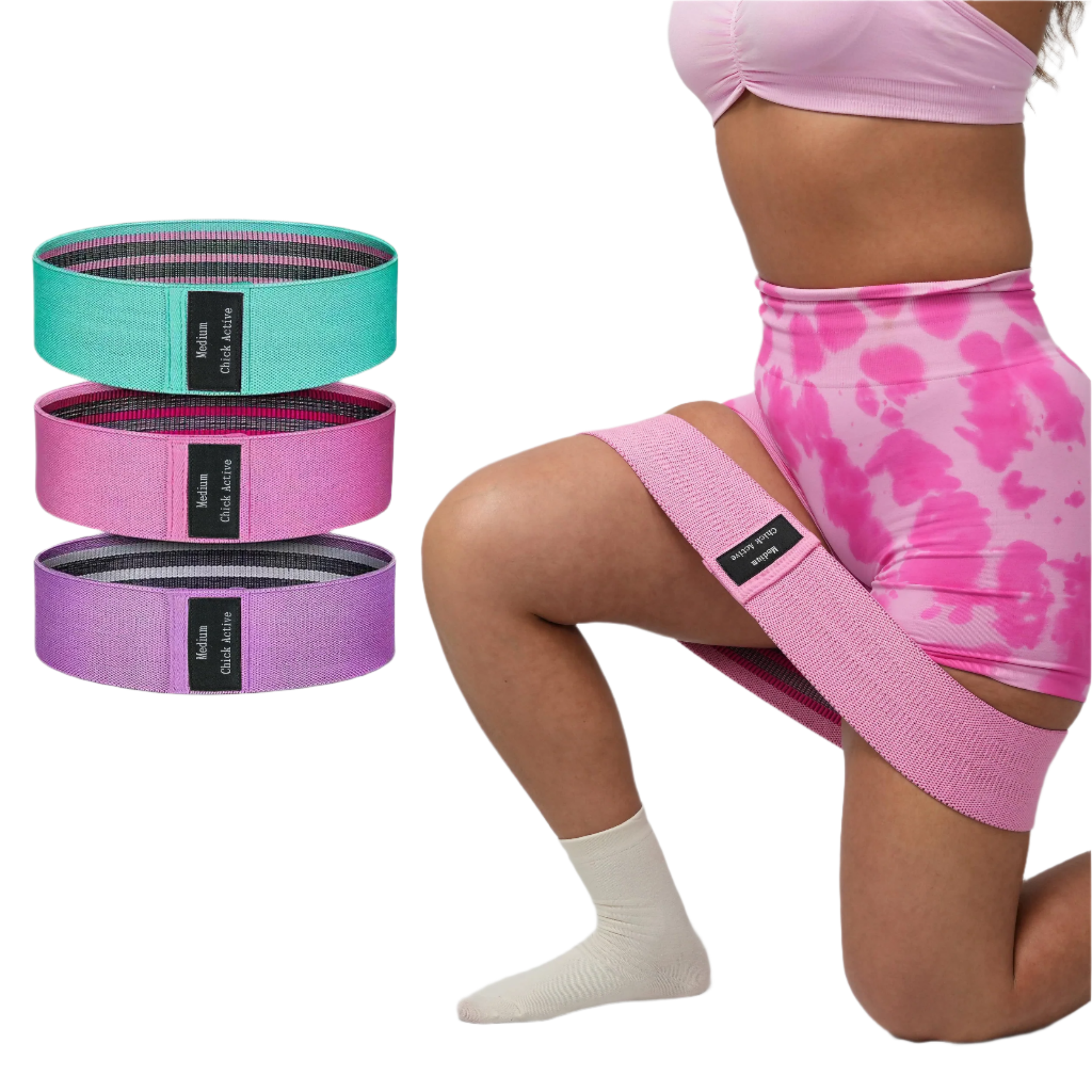
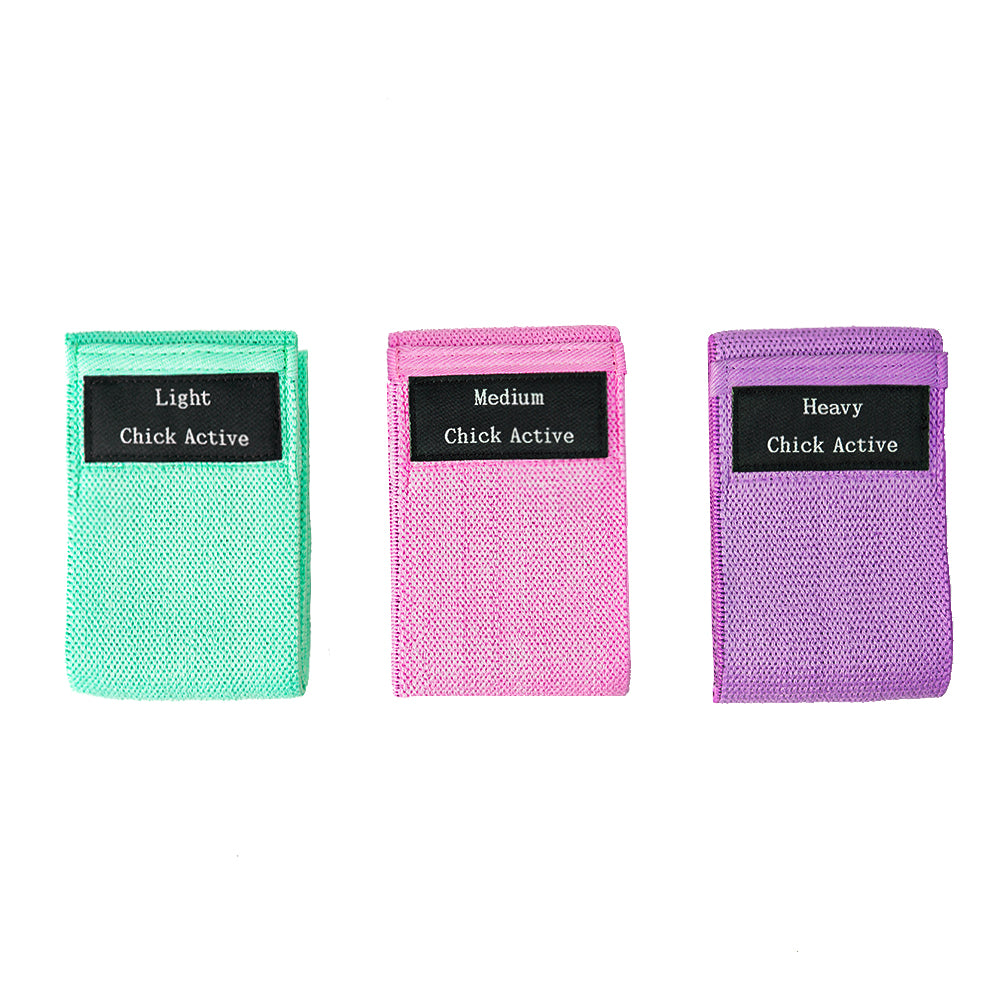
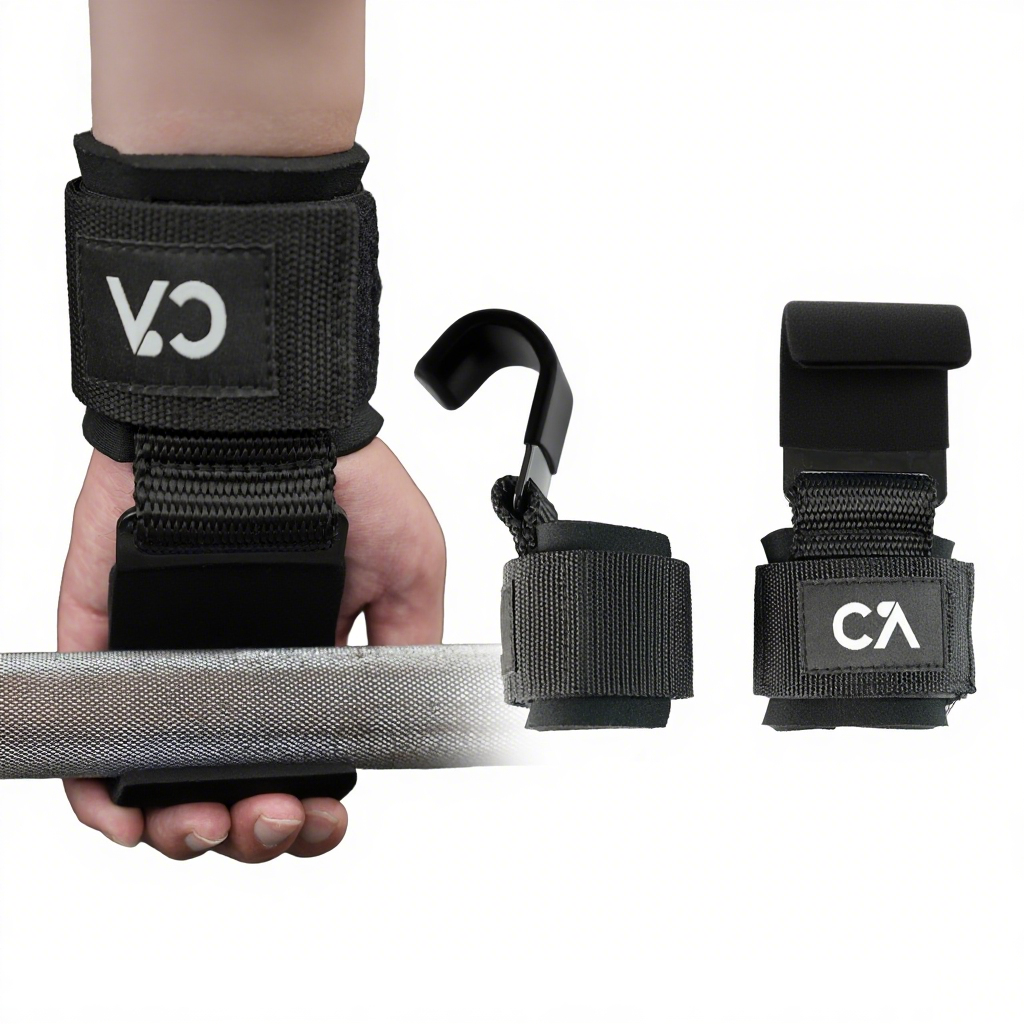
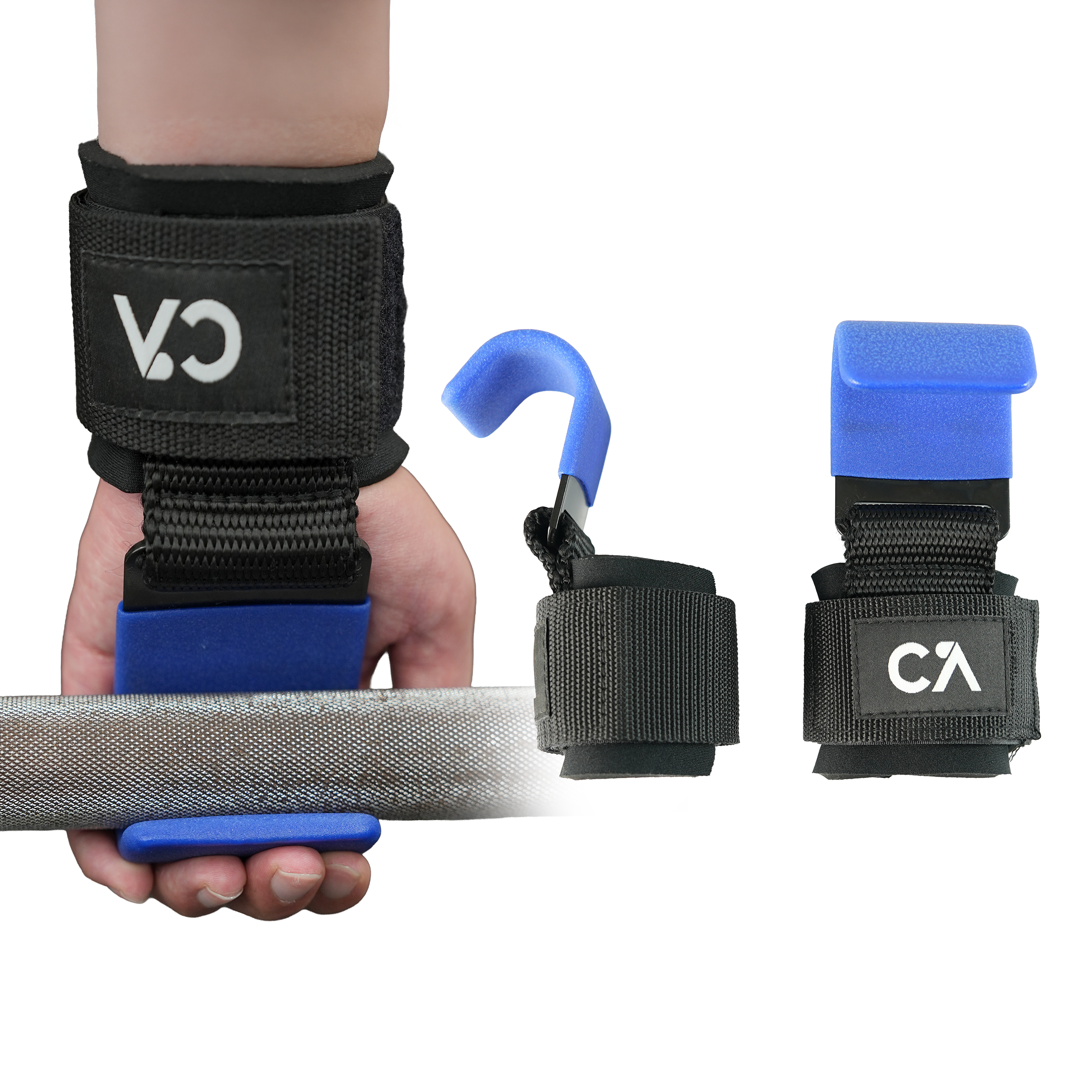
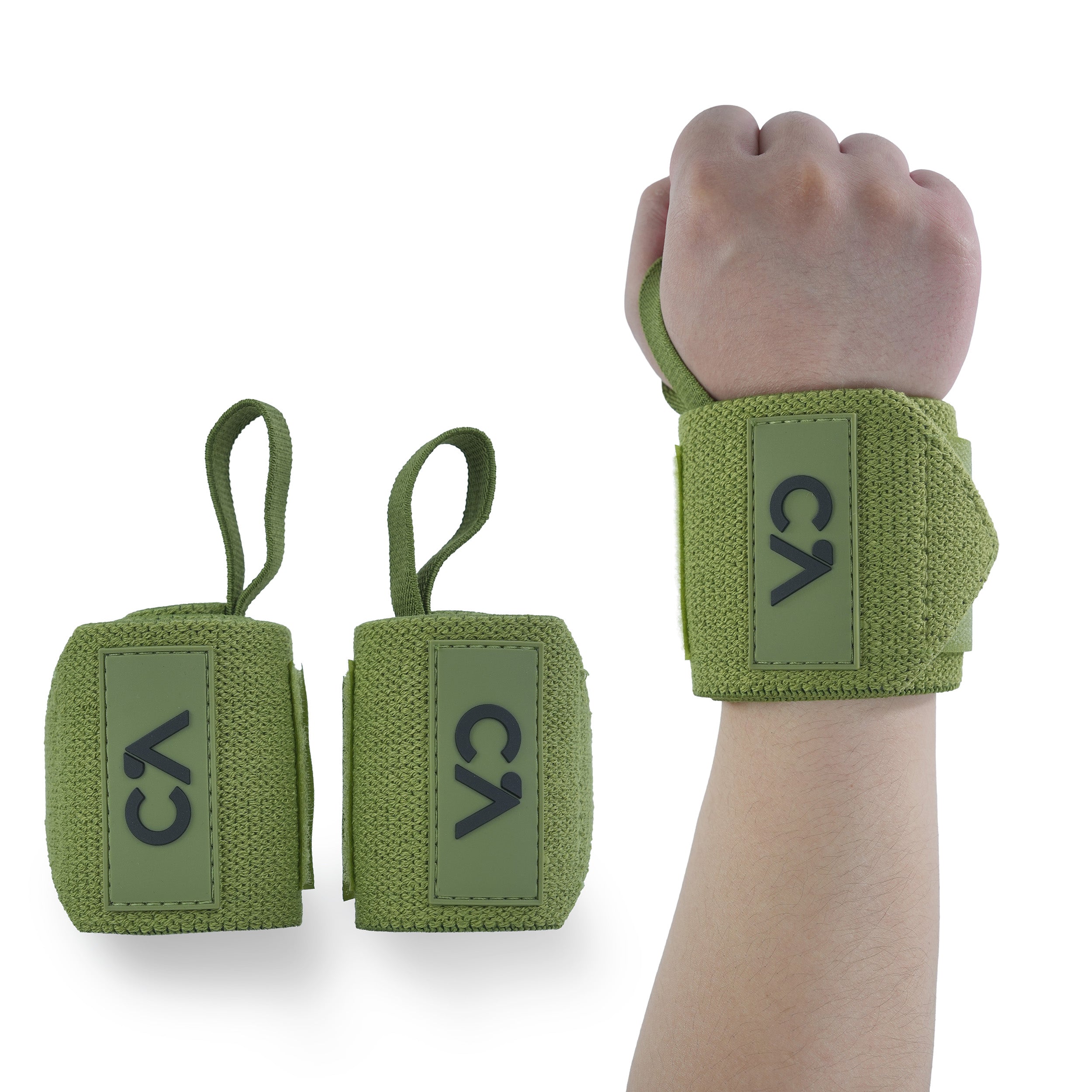
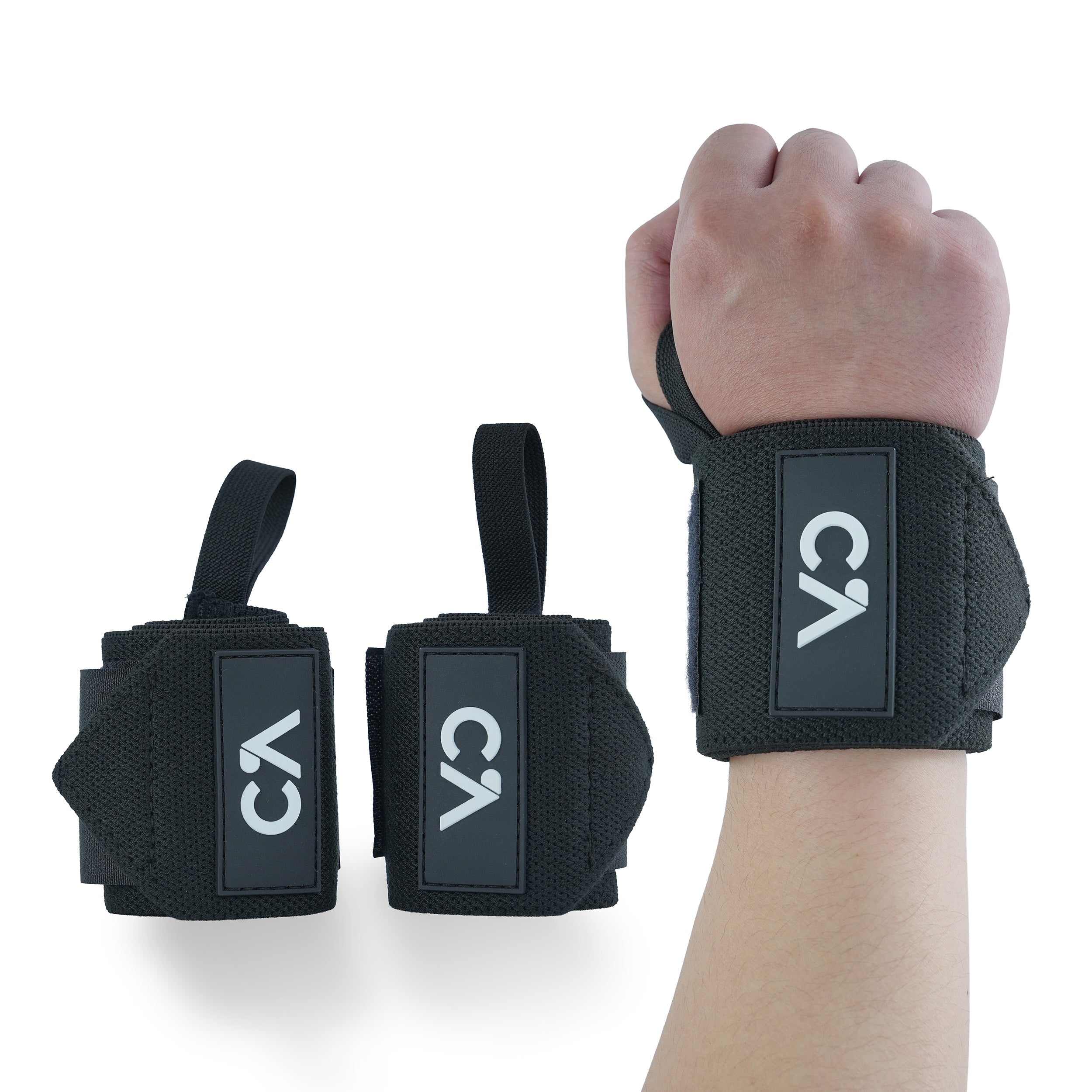
Leave a comment
All comments are moderated before being published.
This site is protected by hCaptcha and the hCaptcha Privacy Policy and Terms of Service apply.